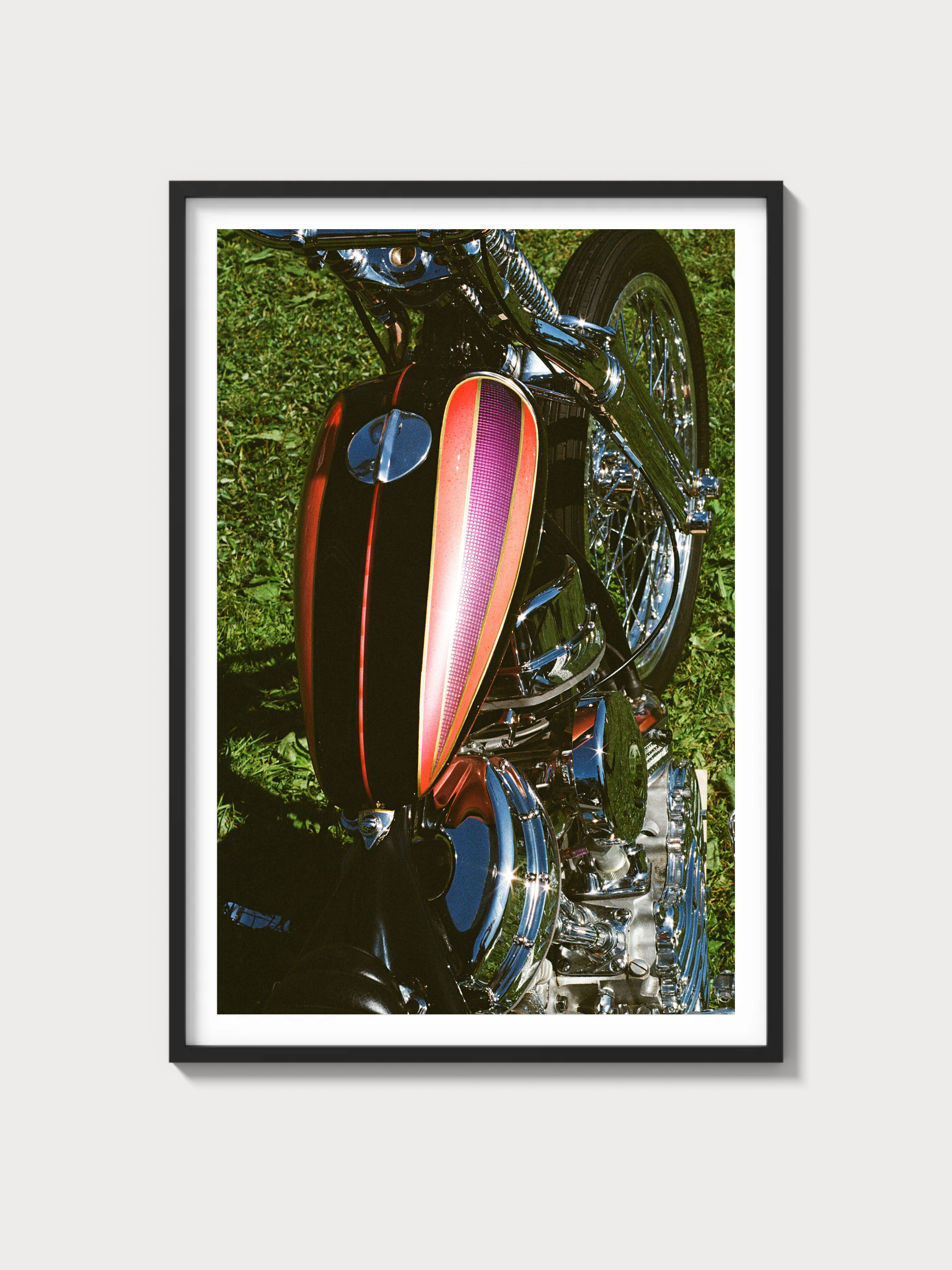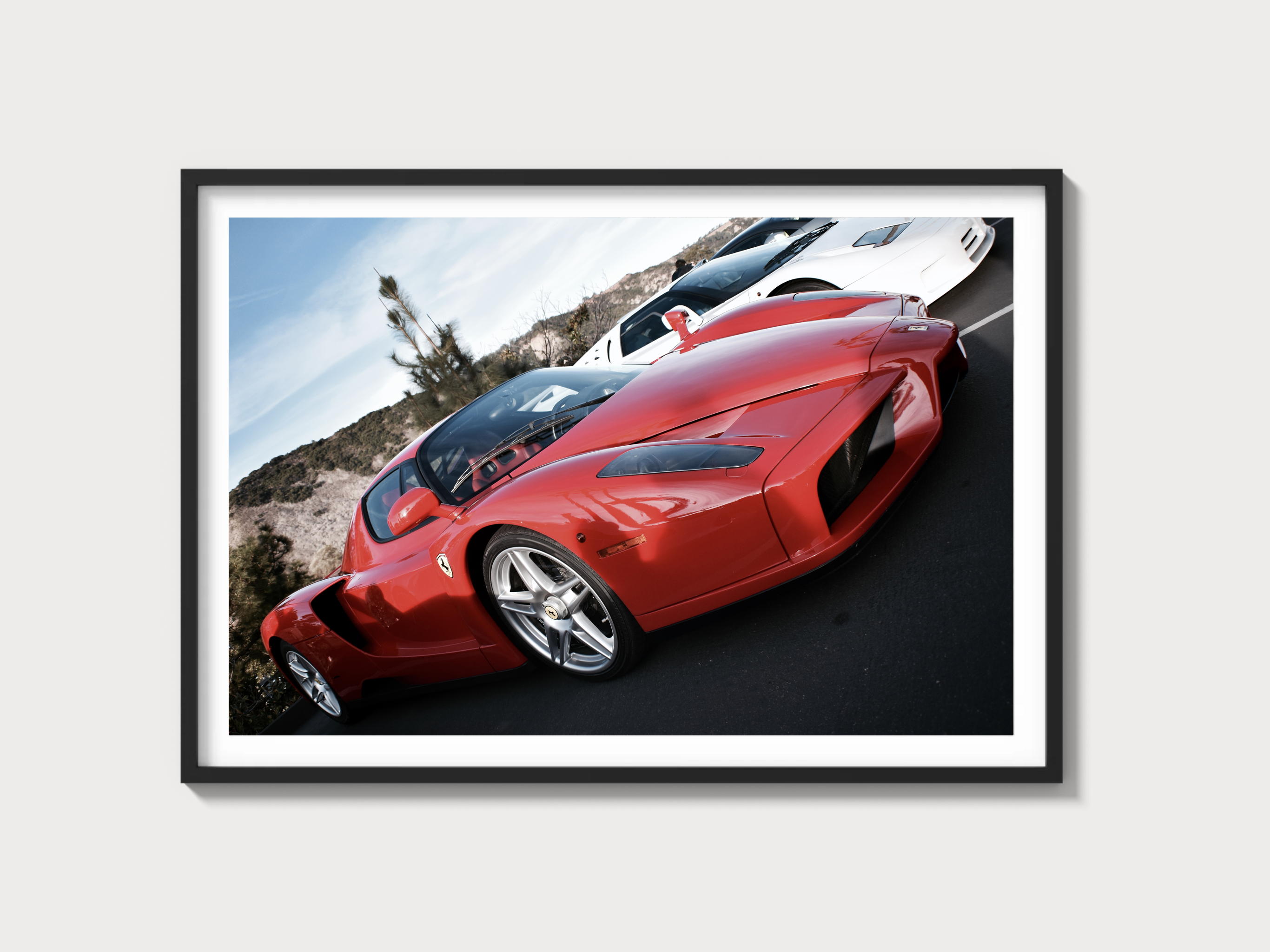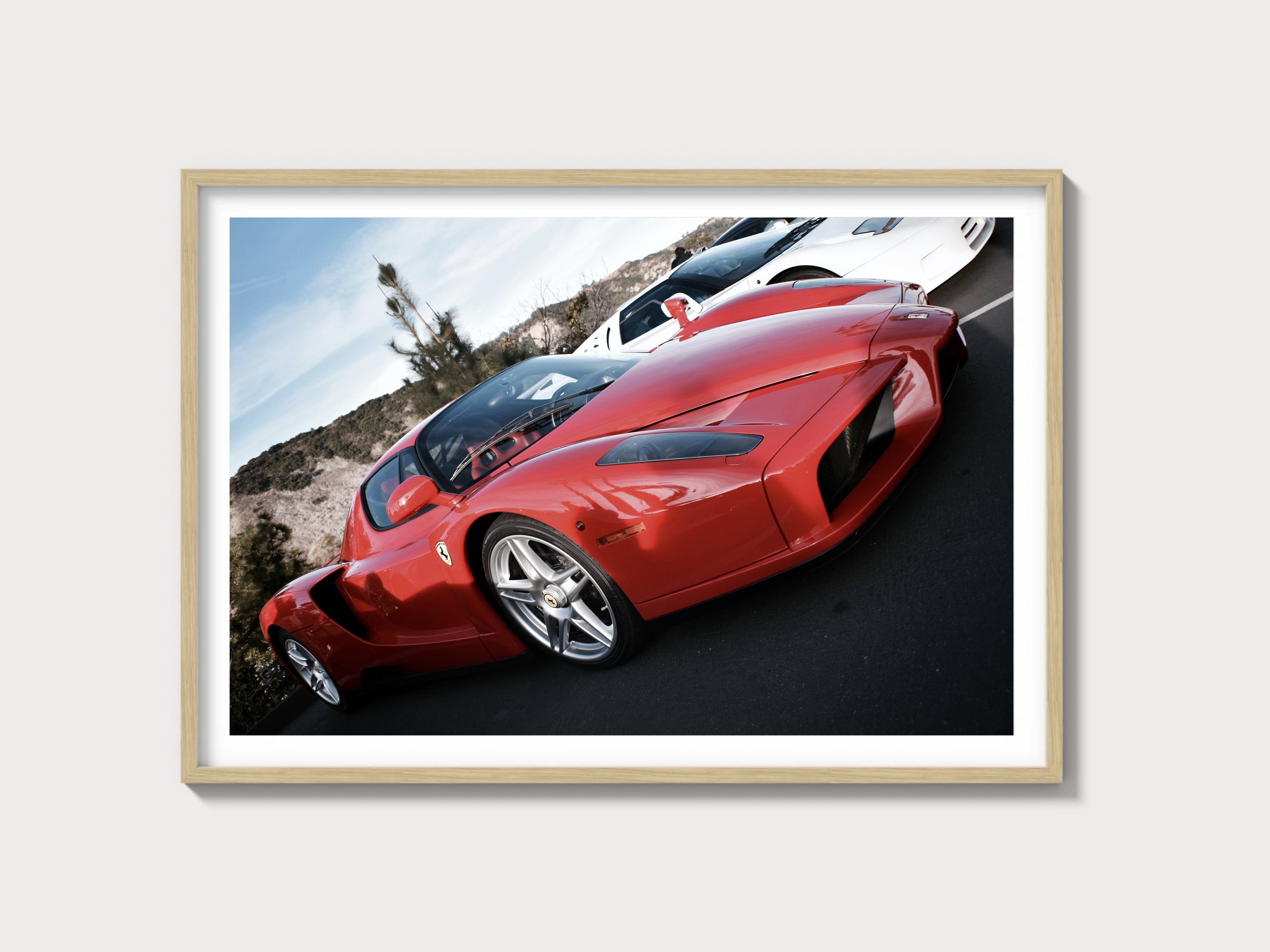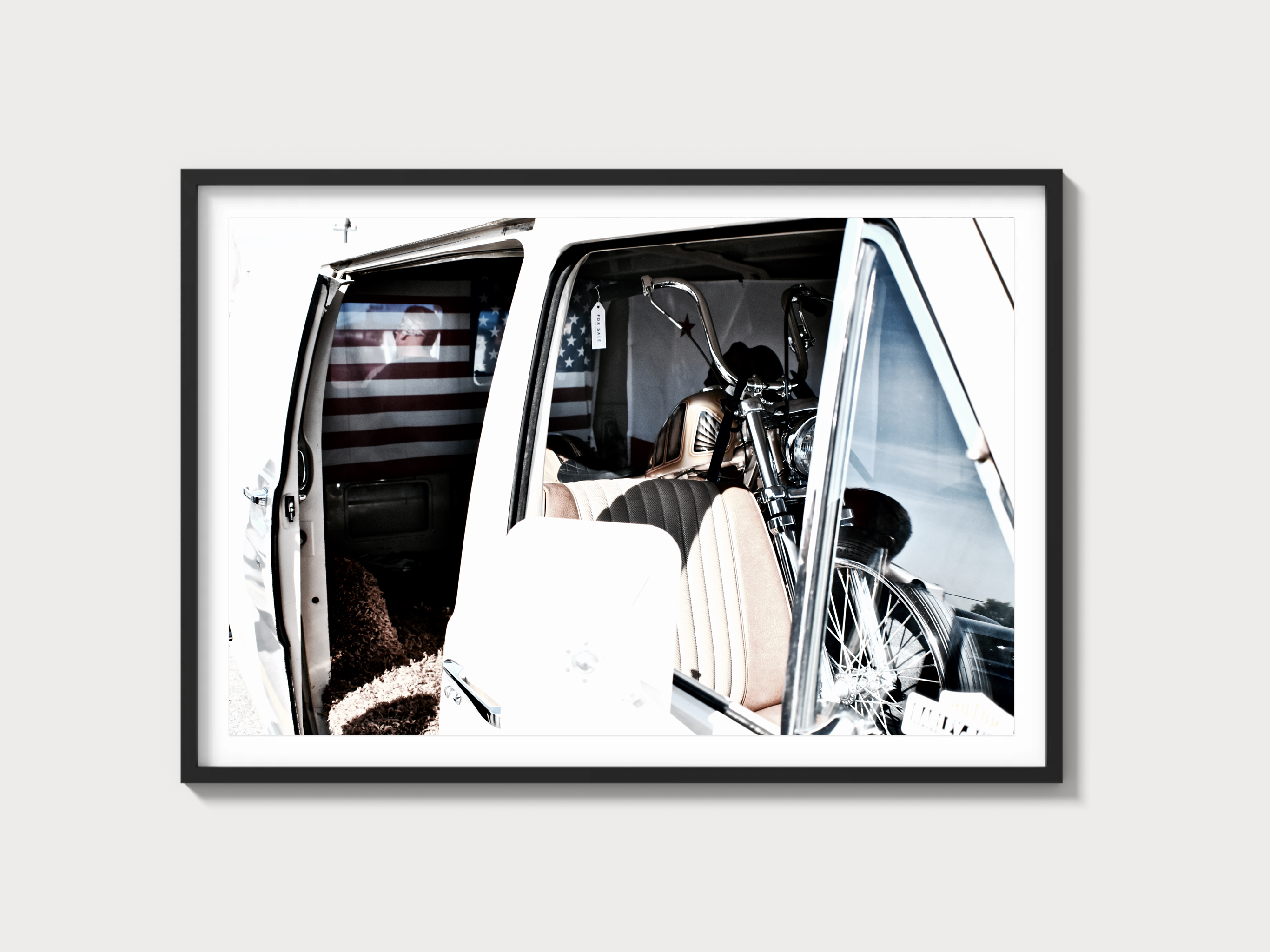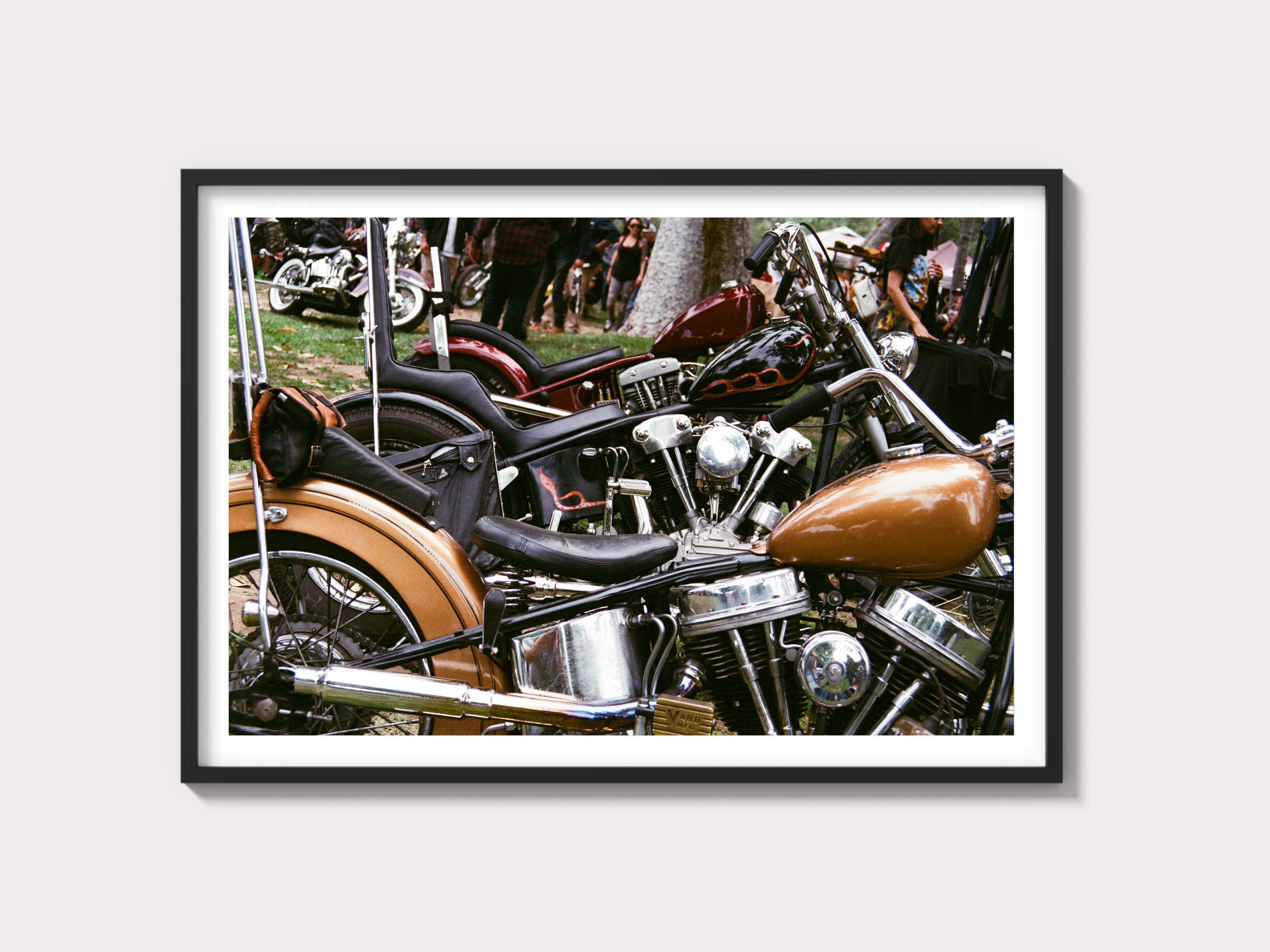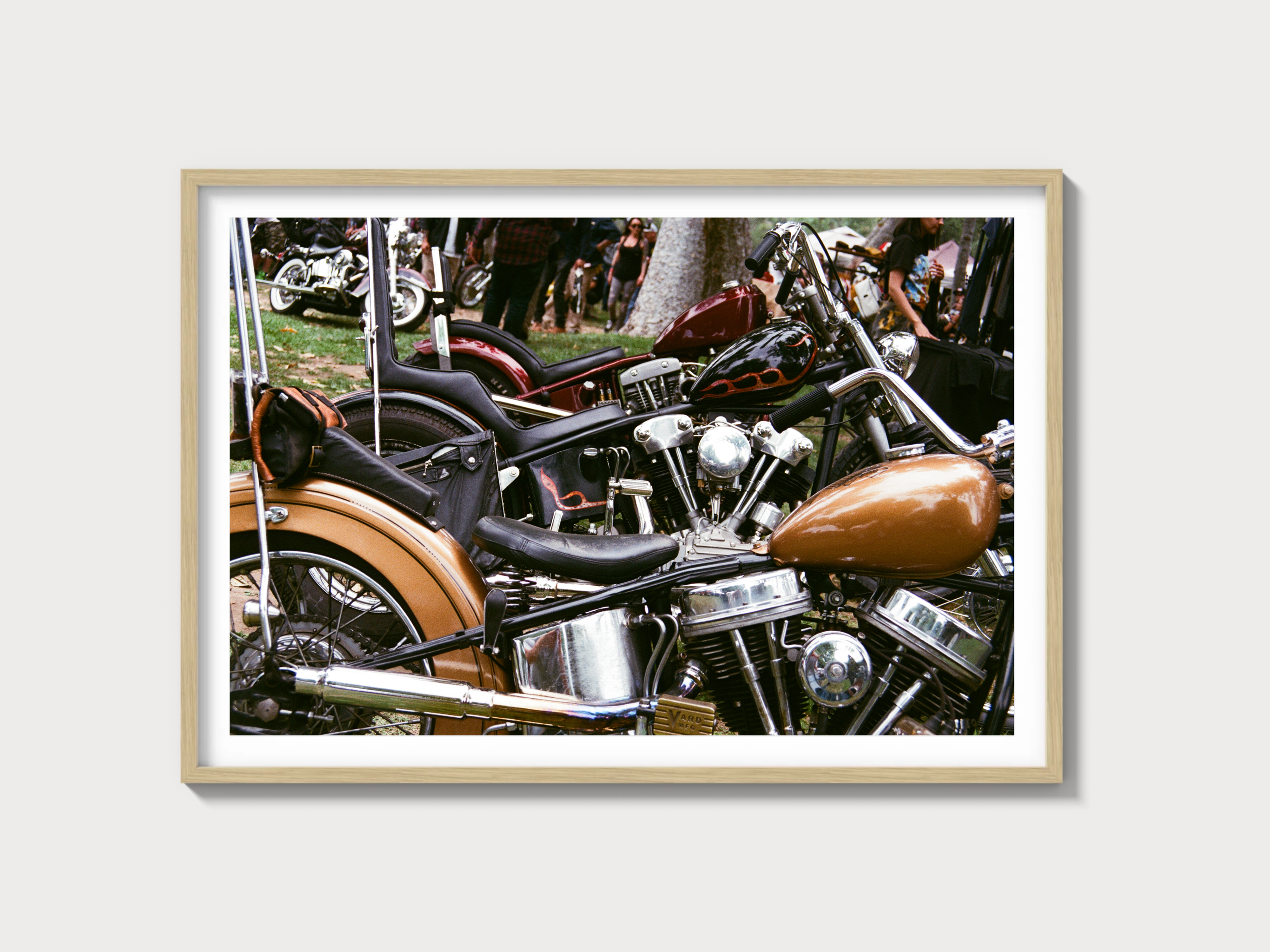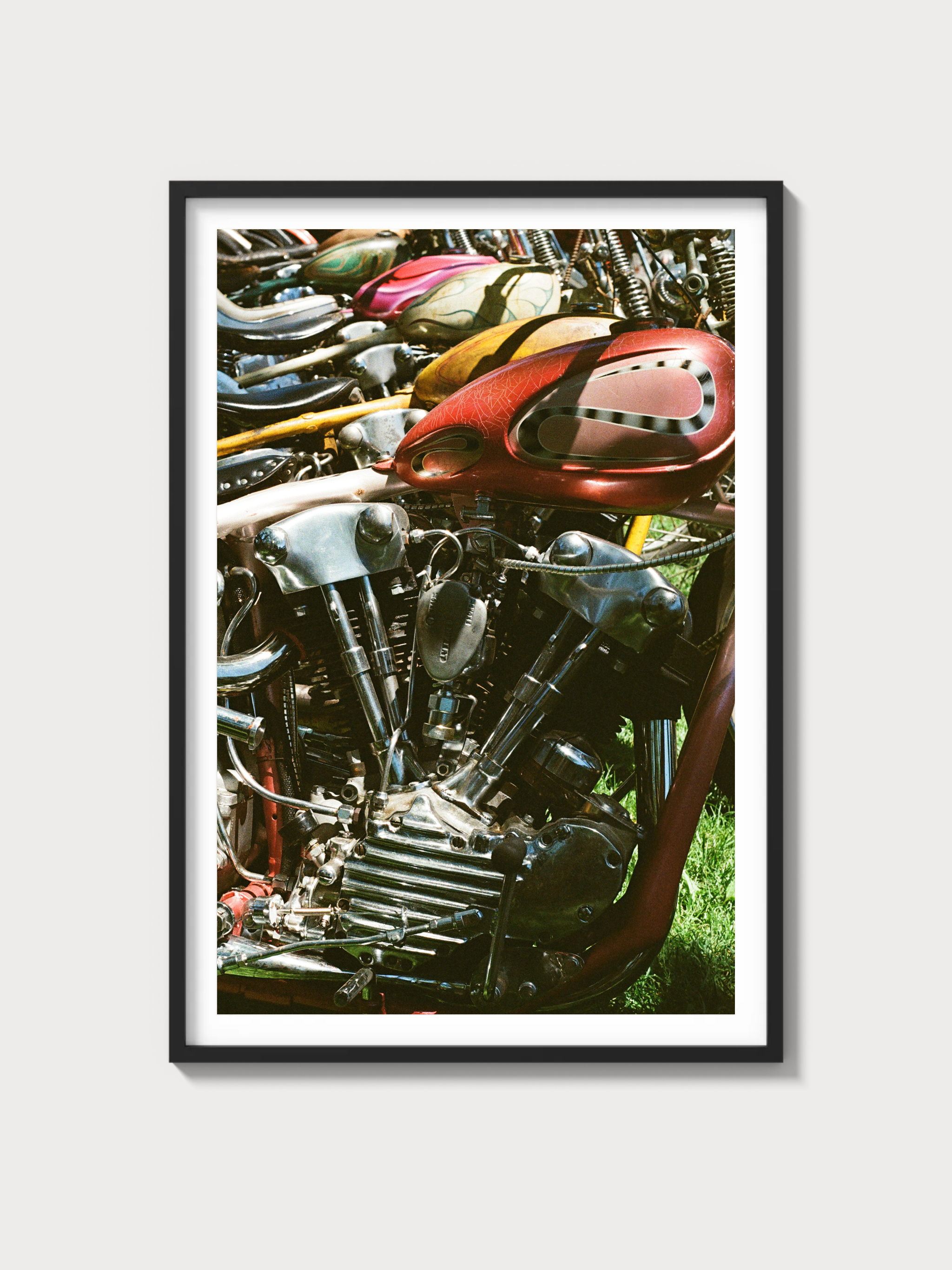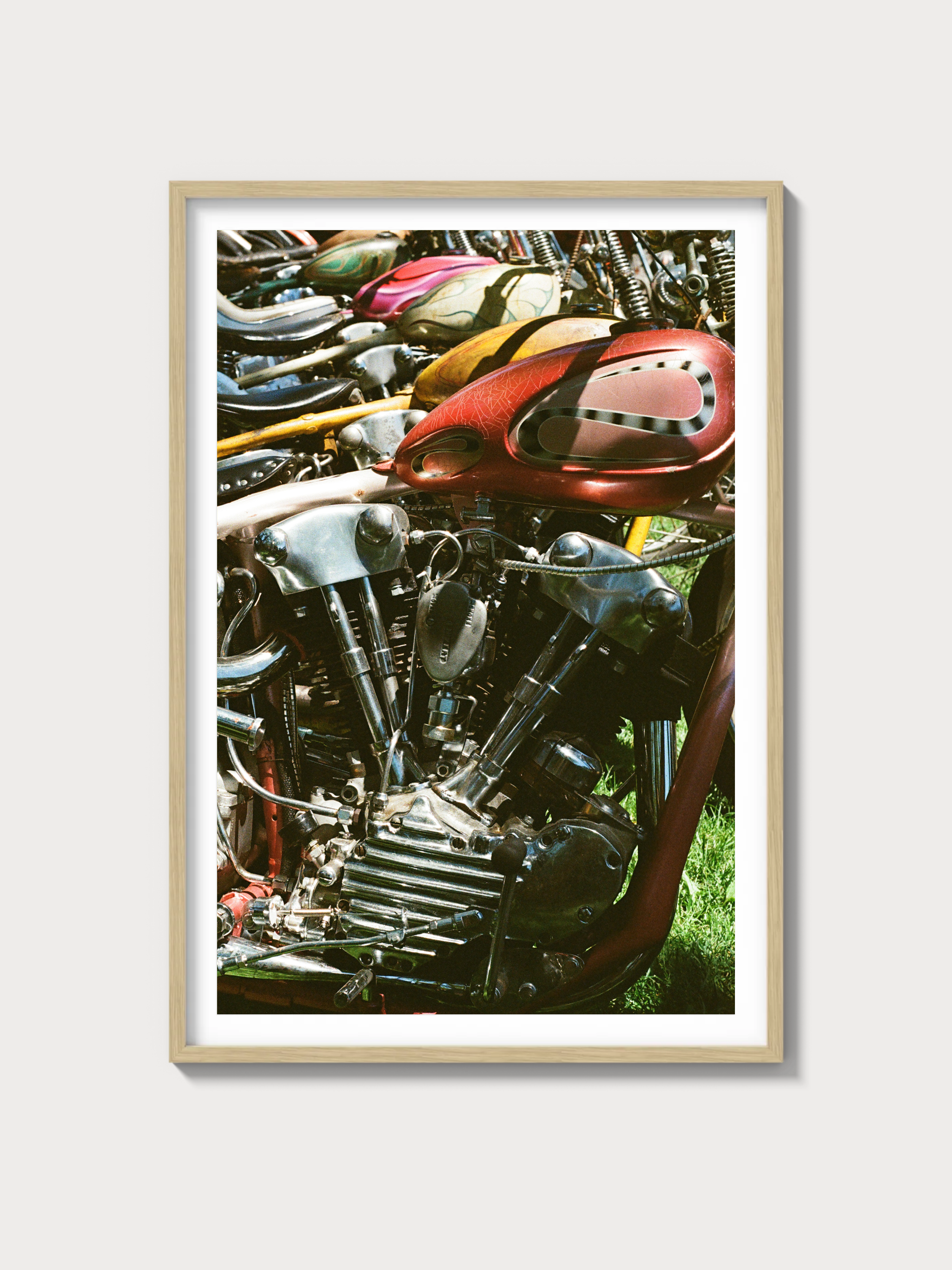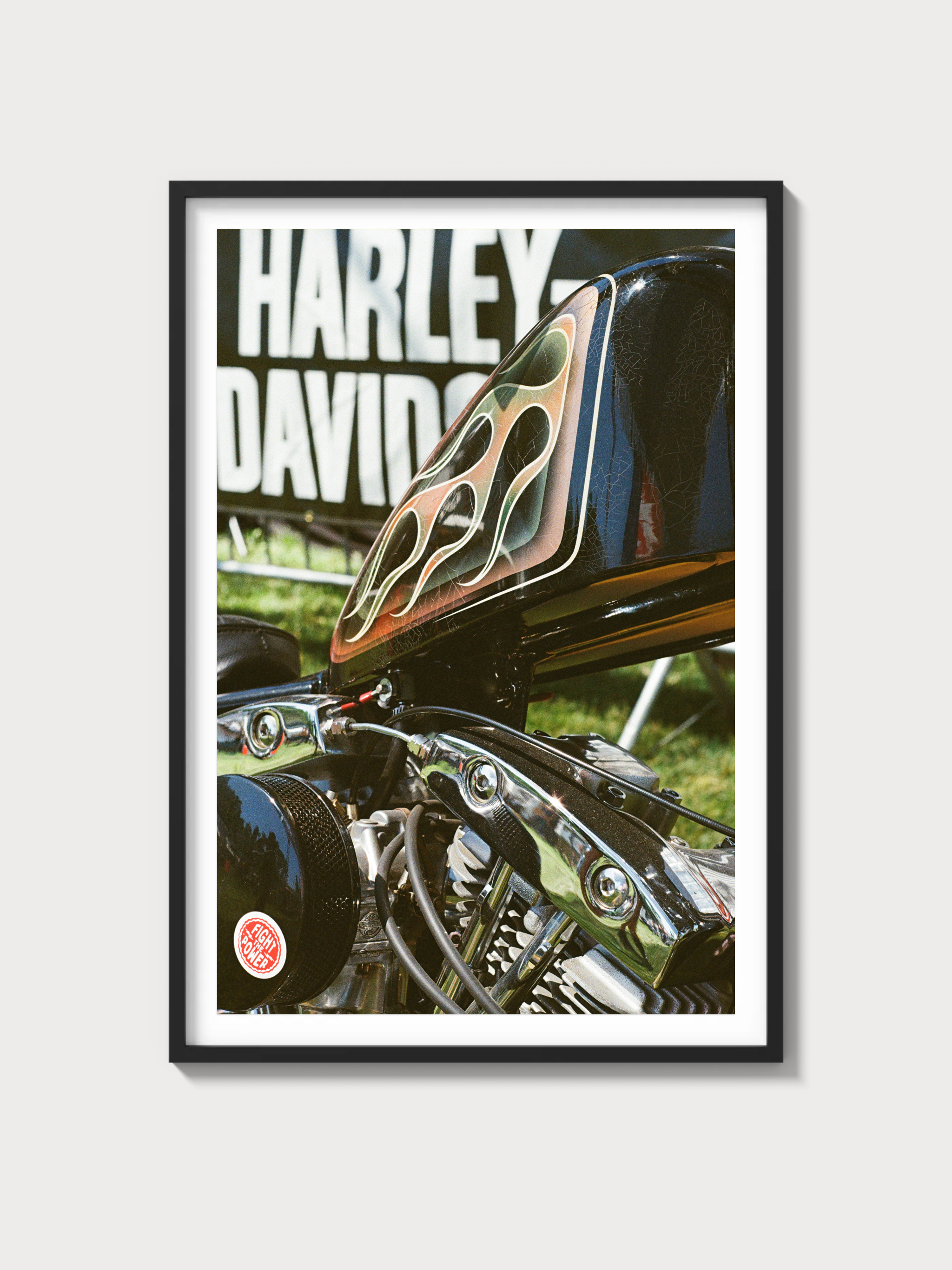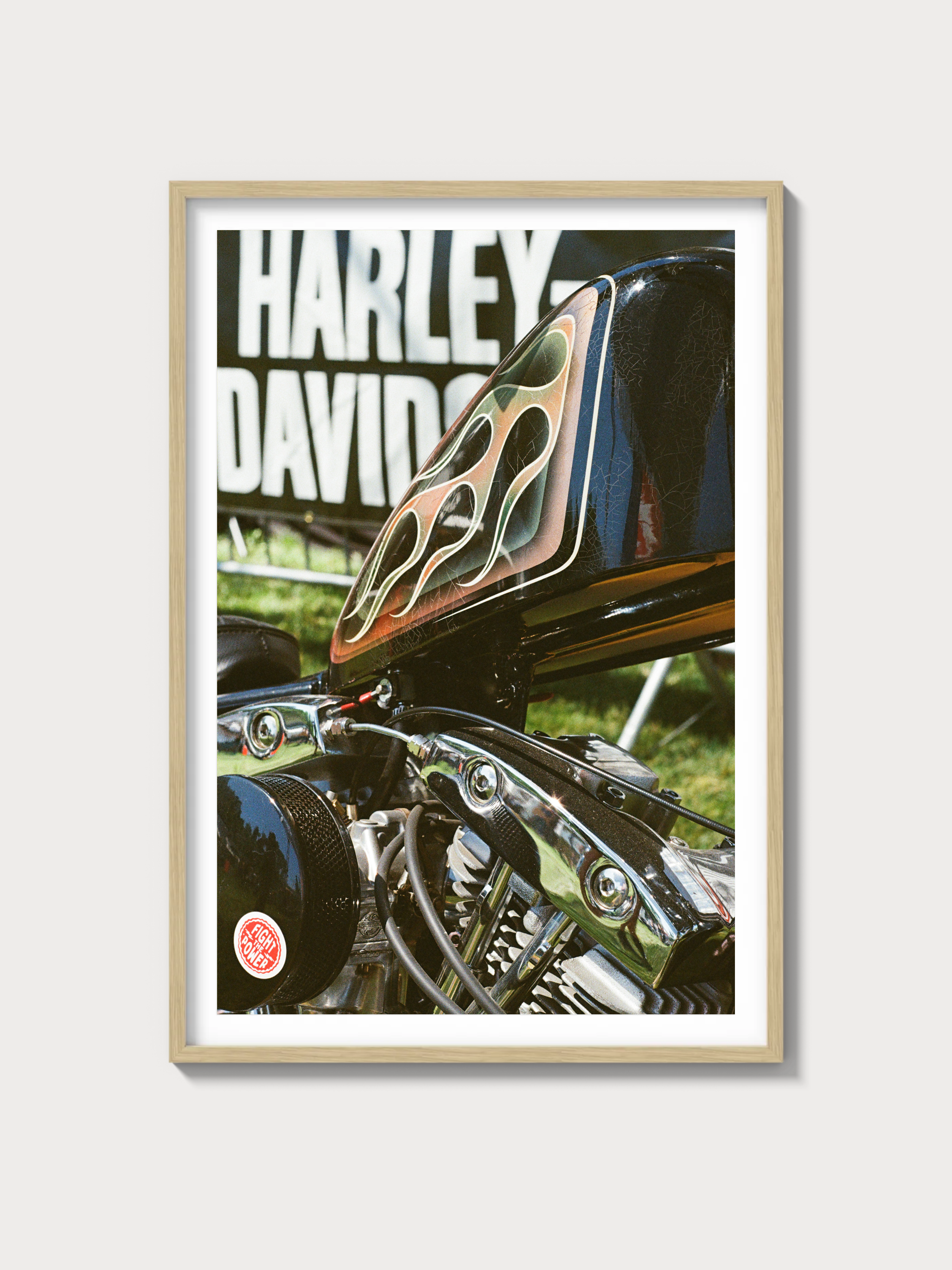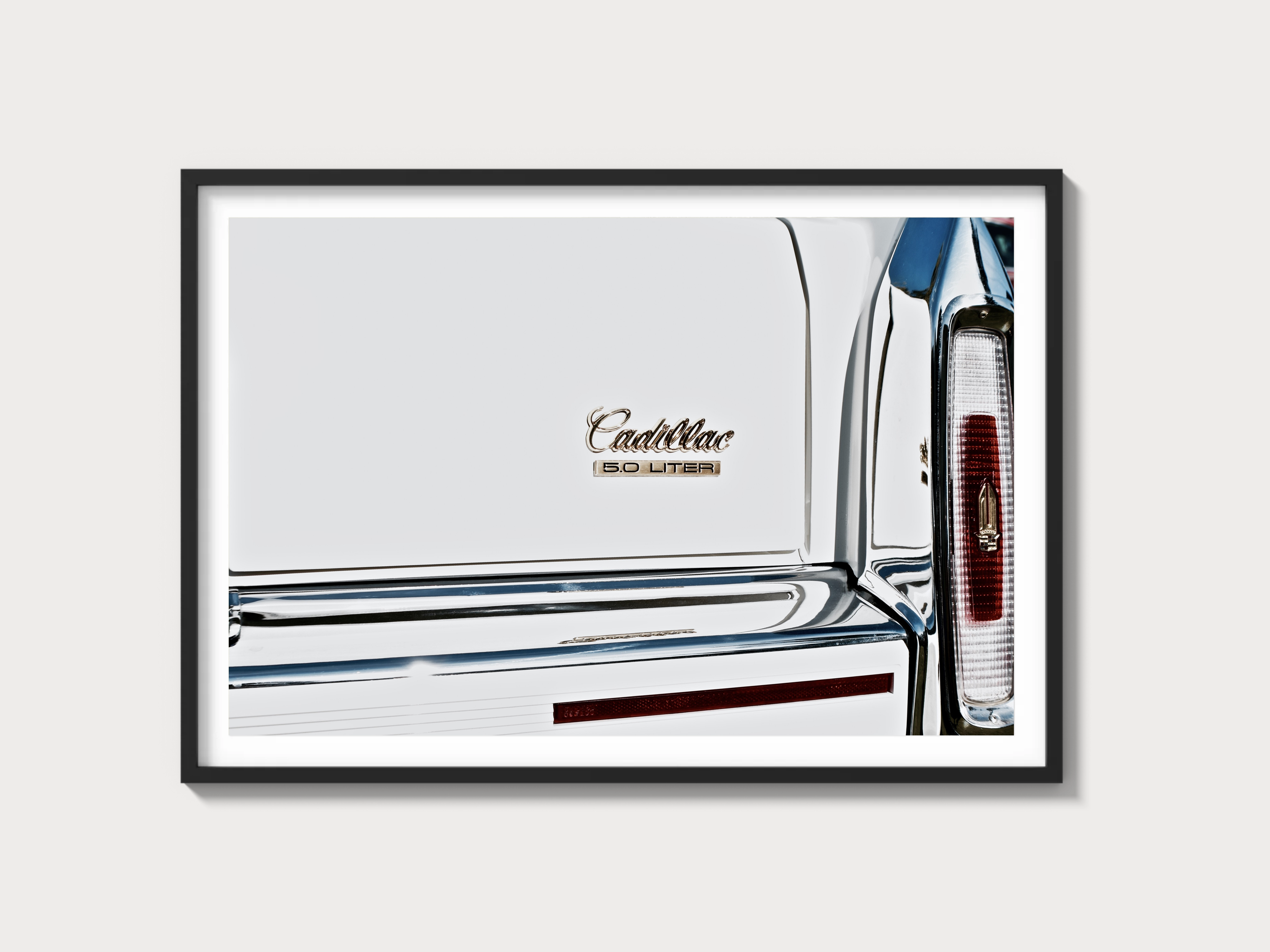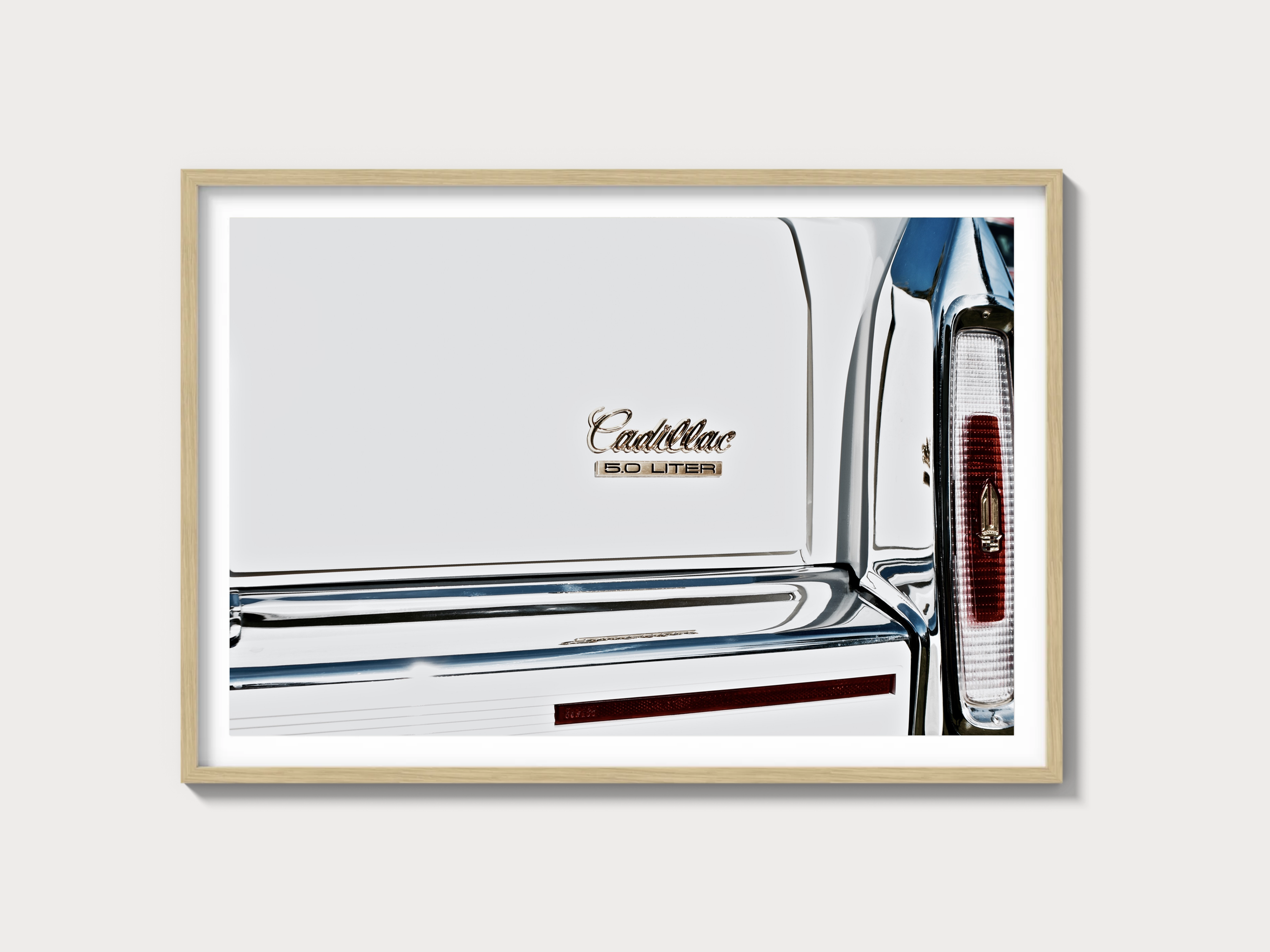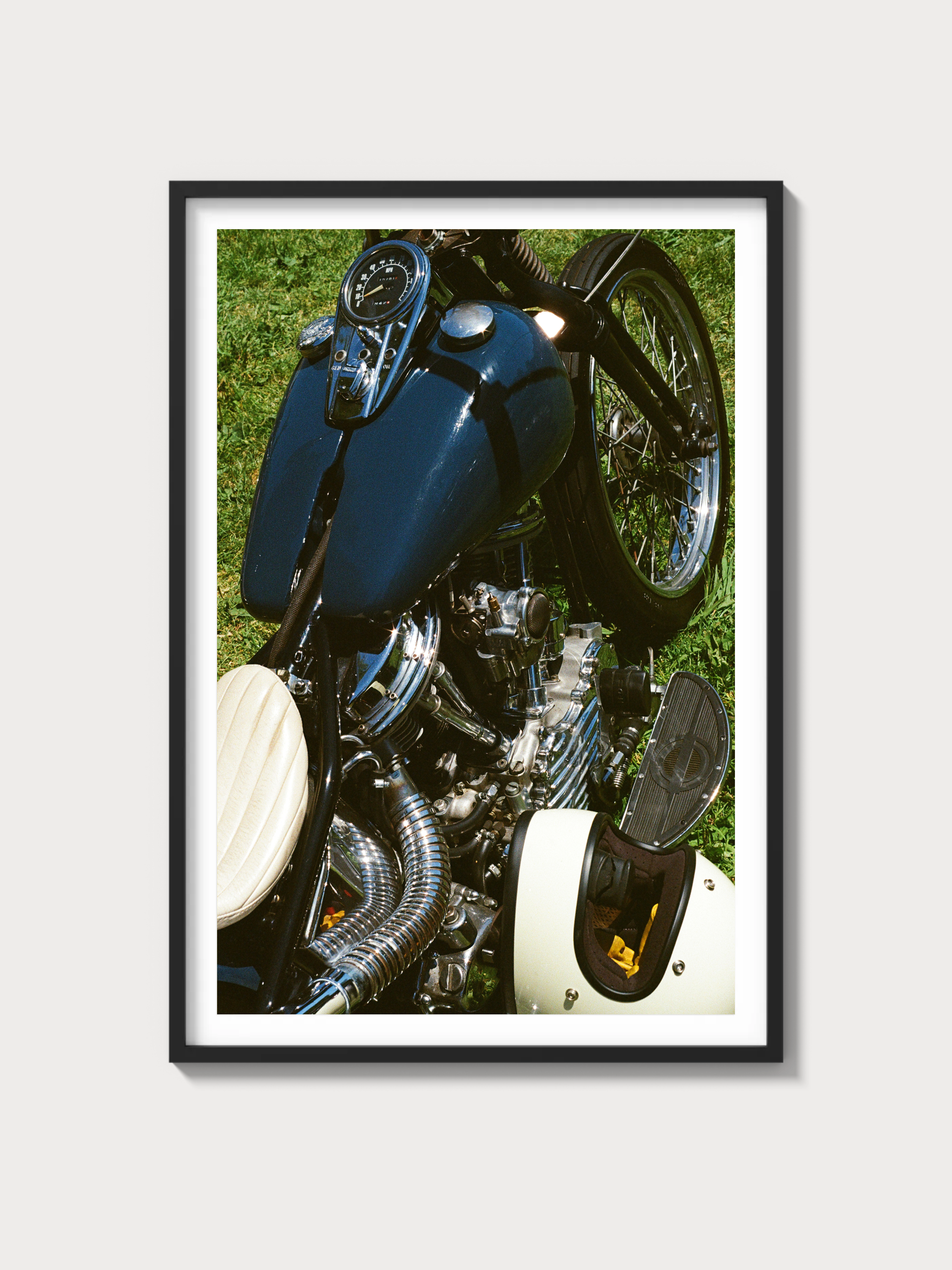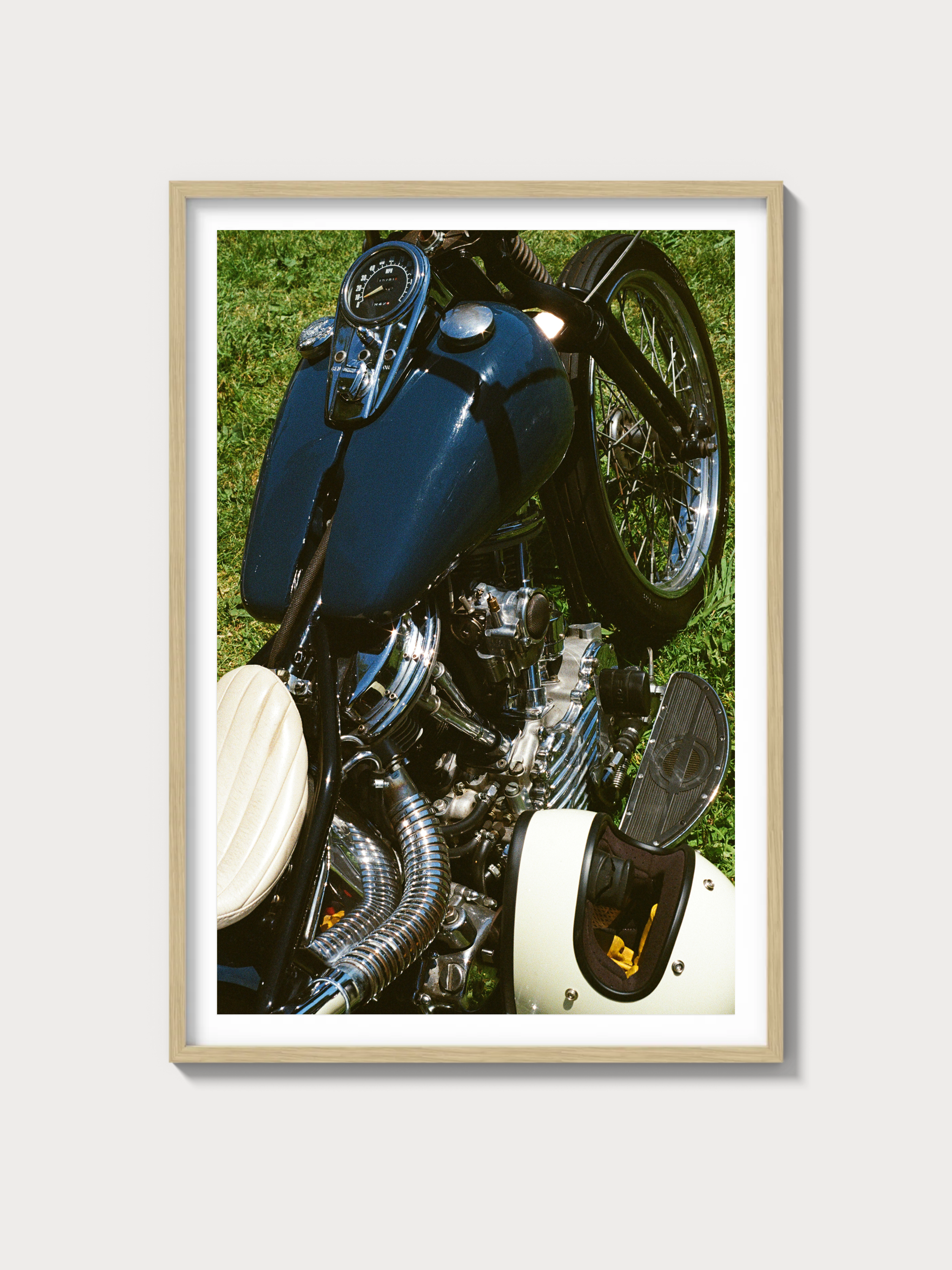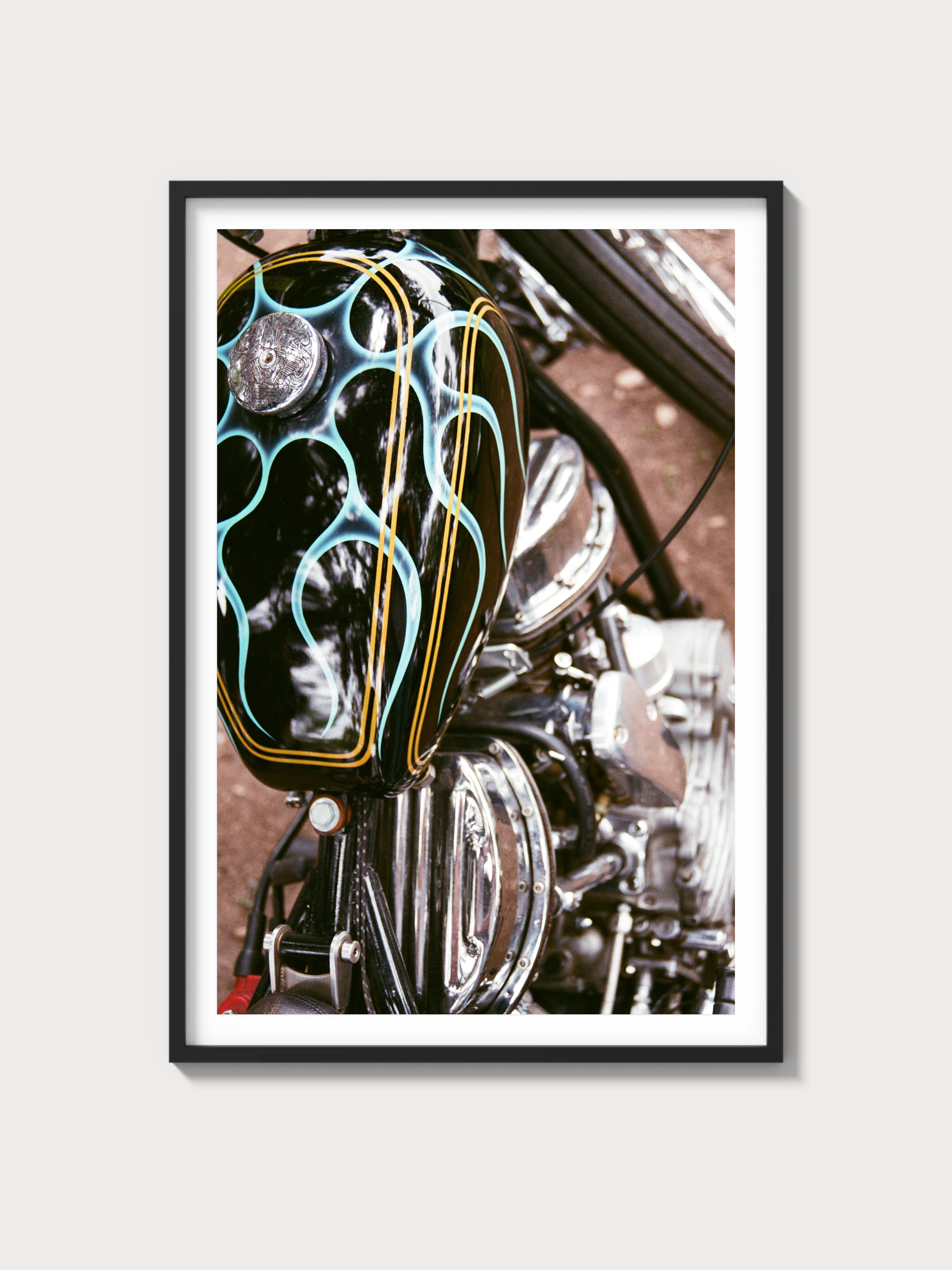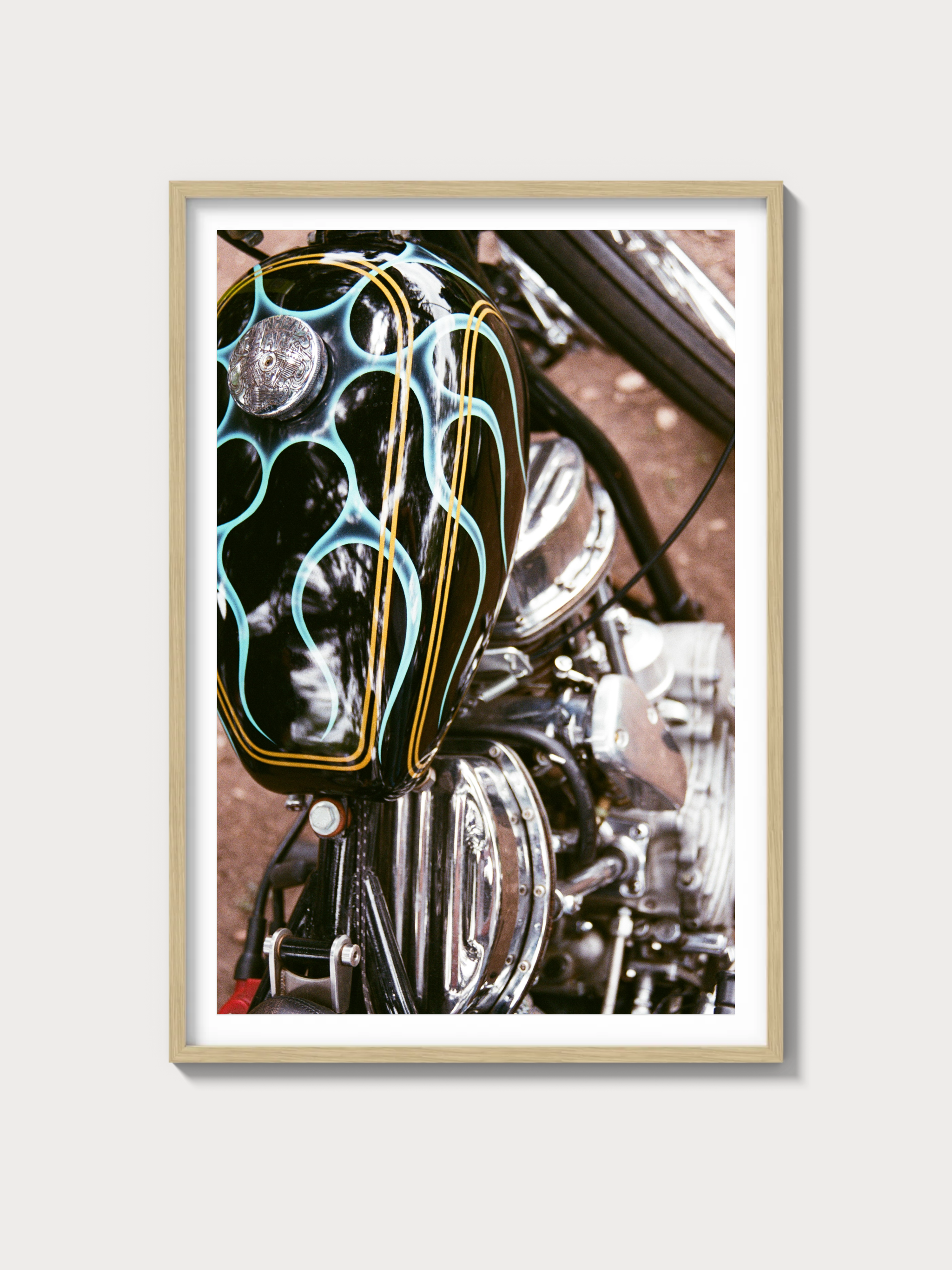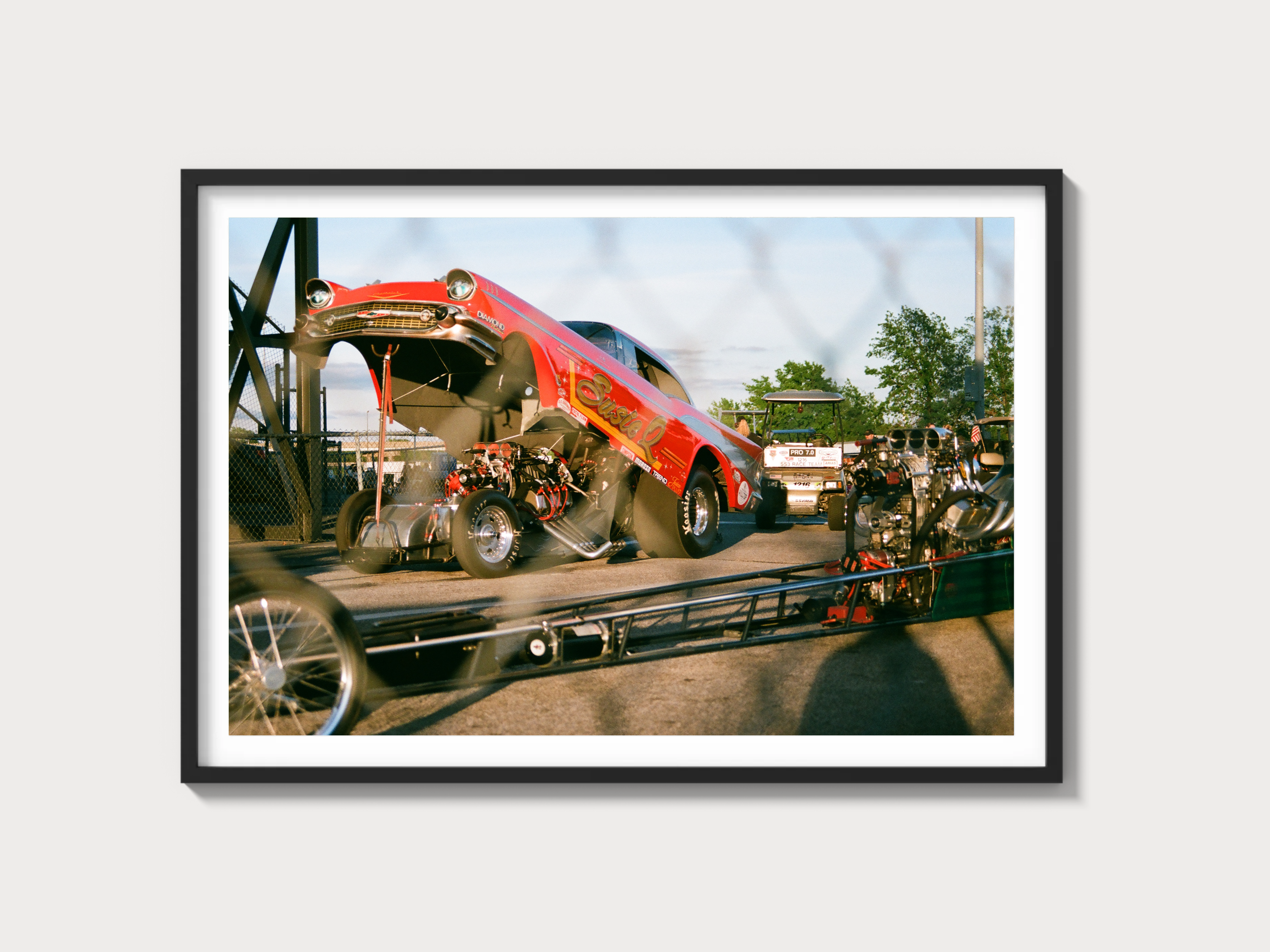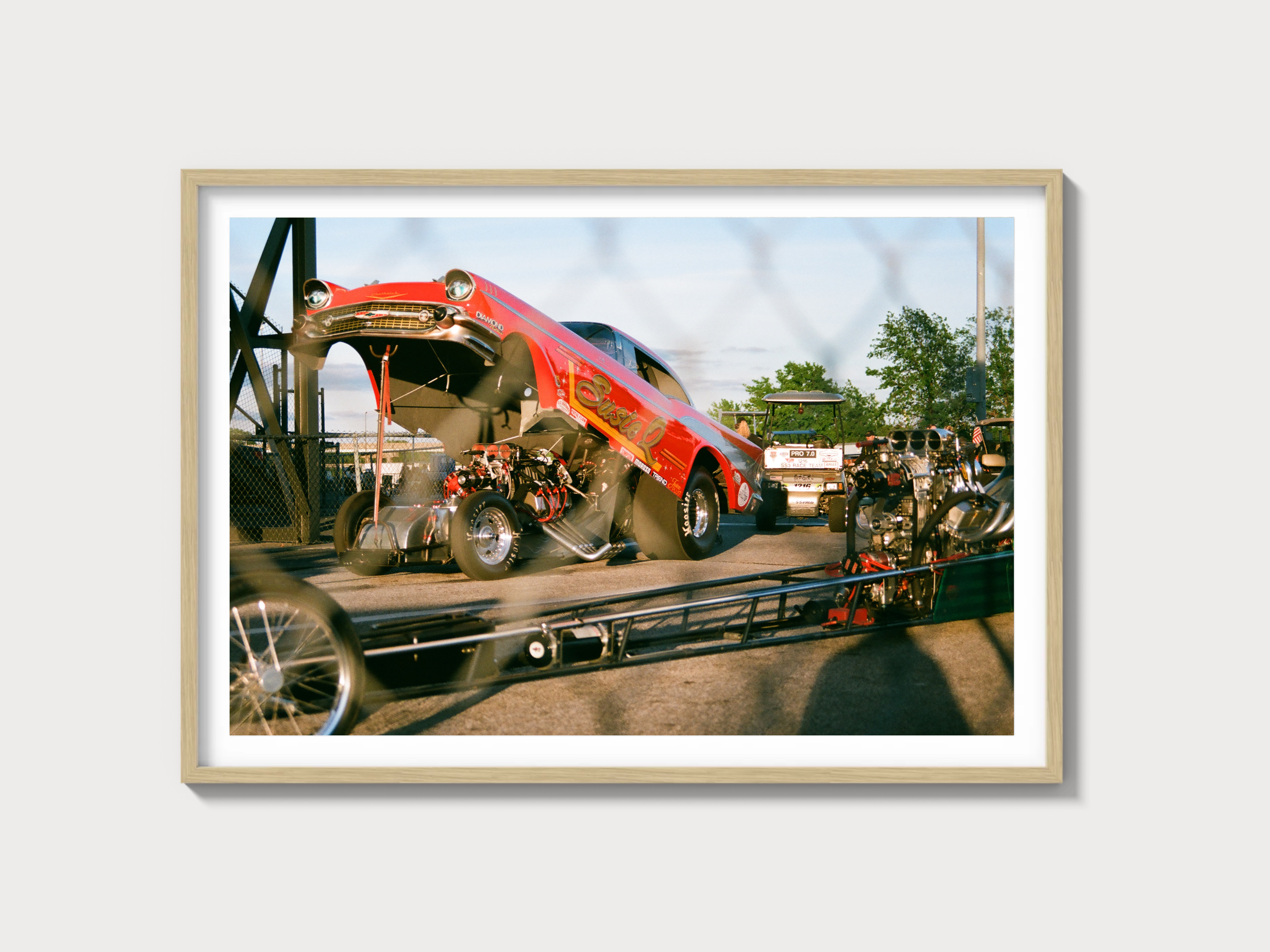1964–1967 Chevrolet Chevelle SS (1st Gen): From Malibu SS to Big-Block Legend
Historical Context and Development Background
Chevrolet’s first-generation Chevelle SS traces a brisk arc from appearance-led Malibu SS (1964–1965) to the fully realized SS396 performance series (1966–1967). Built on GM’s A-body, the Chevelle was Chevrolet’s right-sized answer to the burgeoning intermediate segment. Pontiac had already fired the opening salvo by slotting a big V8 into its Tempest to create the GTO, effectively skirting GM’s internal displacement limits for mid-size cars. Chevrolet’s rejoinder began cautiously in 1964 with the Malibu SS equipment group — buckets, console, exterior trim — paired chiefly with small-block V8s. The watershed arrived with the limited-production 1965 Malibu SS Z16 (396/375), a homologation-style statement that previewed what the SS396 would become.
For 1966, the corporate restriction on large-displacement engines in intermediates was lifted, and Chevrolet launched the Chevelle SS396 as a distinct model series, not merely an option package. The SS396 arrived with a domed hood, blackout grille, badging, and a heavy-duty chassis spec to complement the big-block. A substantial restyle that year added more sculpture to the body sides and a semi-fastback roofline on coupes. By 1967, refinement brought safety features and the availability of front disc brakes — critical for reining in a high-torque A-body on bias-ply tires.
On track, the Chevelle SS found its natural habitat at the drag strip. The 396-powered cars competed in NHRA Stock and Super Stock classes, where gearing, traction aids, and driver discipline mattered as much as raw power. In the showroom, the Chevrolet faced the Pontiac GTO head-on, alongside Ford’s Fairlane GT/500, Oldsmobile’s 4-4-2, Buick’s Gran Sport, and Mopar’s Coronet/Belvedere-based muscle. The Chevelle’s blend of broad engine coverage, clean design, and Chevrolet’s vast dealer network underpinned its sales and enduring reputation.
Engines and Technical Specifications
Chevrolet covered a wide spectrum from small-block punch to big-block torque. Below are representative factory combinations offered across 1964–1967, using SAE gross ratings of the period.
| Engine | Configuration | Displacement | Horsepower (gross) | Induction | Typical Redline | Fuel System | Compression | Bore x Stroke |
|---|---|---|---|---|---|---|---|---|
| 283 V8 (Malibu SS) | OHV 90° V8, iron block/heads | 283 cu in (4.6 L) | 195–220 hp | Naturally aspirated | Approx. 5,000–5,500 rpm | 2-bbl or 4-bbl carburetor | 9.25:1–10.0:1 | 3.875" x 3.00" |
| 327 V8 (L30/L74) | OHV 90° V8, iron block/heads | 327 cu in (5.4 L) | 250–300 hp | Naturally aspirated | Approx. 5,500–6,000 rpm | 4-bbl carburetor | 10.5:1 | 4.00" x 3.25" |
| 327 V8 (L79) | OHV 90° V8, iron block/heads | 327 cu in (5.4 L) | 350 hp | Naturally aspirated | Approx. 6,000 rpm | 4-bbl carburetor | 11.0:1 | 4.00" x 3.25" |
| 396 V8 (Z16) | OHV 90° big-block, iron | 396 cu in (6.5 L) | 375 hp | Naturally aspirated | Approx. 6,000+ rpm (solid lifter) | 4-bbl carburetor | 11.0:1 | 4.094" x 3.76" |
| 396 V8 (L35) | OHV 90° big-block, iron | 396 cu in (6.5 L) | 325 hp | Naturally aspirated | Approx. 5,500 rpm (hydraulic) | 4-bbl carburetor | ~10.25:1 | 4.094" x 3.76" |
| 396 V8 (L34) | OHV 90° big-block, iron | 396 cu in (6.5 L) | 360 hp (1966) / 350 hp (1967) | Naturally aspirated | Approx. 5,500–5,800 rpm | 4-bbl carburetor | ~10.25:1 | 4.094" x 3.76" |
| 396 V8 (L78) | OHV 90° big-block, iron | 396 cu in (6.5 L) | 375 hp | Naturally aspirated | Approx. 6,500 rpm (solid lifter) | 4-bbl carburetor | 11.0:1 | 4.094" x 3.76" |
Driving Experience and Handling Dynamics
Despite its muscle-car billing, the first-gen Chevelle SS is best understood as a well-sorted A-body with torque to spare. Recirculating-ball steering gives the light, slightly woolly on-center feel typical of the era, tightening up with speed and benefitting from the factory quick-ratio and power-assist options. The suspension remains quintessential GM: unequal-length double wishbones and coils up front, a triangulated four-link with coil springs out back. In SS396 form, heavier front springs, stiffer shocks, and a larger front anti-roll bar address the big-block’s extra mass; Positraction and axle ratios from 3.31 to 4.10 tailor the car for highway legs or quarter-mile sorties.
Driven hard on period tires, understeer arrives sooner than lateral grip modern readers might expect, though the chassis is faithful and easy to place. Axle tramp can surface on aggressive launches if bushings are tired, a reminder that condition, not just component choice, defines behavior. The 396’s throttle response is immediate enough to overwhelm traction in the lower gears, yet the engine settles into an elastic midrange where the car is happiest. Muncie M20 (wide-ratio) and M21 (close-ratio) four-speeds provide the mechanical connection purists want; big-block automatics used the stout Turbo-Hydramatic 400, with crisp upshifts that flatter the 396’s torque.
Brake hardware defines confidence. Most cars left the factory with drums; diligent adjustment and quality linings keep them serviceable, but fade is the tax on repeated stops. For 1967, optional front discs transform feel and heat capacity, aligning the stop-go balance with the SS’s power.
Performance Specifications (Period-Reported)
Performance varies with engine, gearing, and equipment. The figures below reflect period road-test results and factory data ranges commonly documented for representative configurations.
| Configuration | 0–60 mph | Quarter-Mile | Top Speed | Curb Weight | Layout | Brakes | Suspension | Gearbox |
|---|---|---|---|---|---|---|---|---|
| 1965 Malibu SS Z16 (396/375, 4-spd) | ~6.0–6.5 s | ~14.2–14.6 s @ ~99–102 mph | ~130 mph (gearing dependent) | ~3,600–3,800 lb | Front-engine, RWD | Drums (HD) | A-arm front / 4-link coil rear | Muncie 4-spd |
| 1966 Chevelle SS396 (L35 325 hp, 4-spd) | ~7.5–8.0 s | ~15.0–15.5 s @ ~90–93 mph | ~120–125 mph | ~3,700–3,900 lb | Front-engine, RWD | Drums (power optional) | A-arm front / 4-link coil rear | Muncie 4-spd or TH400 |
| 1966–1967 Chevelle SS396 (L78 375 hp) | ~6.0–6.7 s | ~14.0–14.7 s @ ~100–103 mph | ~125–130 mph | ~3,700–3,900 lb | Front-engine, RWD | Drums; 1967 discs optional | A-arm front / 4-link coil rear | Muncie 4-spd or TH400 |
Variant Breakdown and Production
Chevrolet transitioned the SS from a Malibu-based equipment group to a standalone SS396 series.
| Model/Year | Production | Body Styles | Key Engines | Major Differences |
|---|---|---|---|---|
| 1964 Malibu SS | Approx. 76,860 | Sport Coupe, Convertible | 283 (195–220 hp), 327 (250/300 hp) | SS trim package; small-block power; bucket seats/console; SS wheel covers and badging |
| 1965 Malibu SS | Approx. 81,773 | Sport Coupe, Convertible | 283, 327 (incl. 327/350 L79 availability) | Refined SS trim; small-block range expanded; limited big-block Z16 below |
| 1965 Malibu SS Z16 (396/375) | 201 (approx.) | Sport Coupe | 396/375 (L37) | Heavy-duty chassis/brakes; boxed frame; unique trim; 160-mph speedometer; preview of SS396 |
| 1966 Chevelle SS396 | Approx. 72,272 | Sport Coupe, Convertible | 396: 325 (L35), 360 (L34), 375 (L78) | SS becomes a separate series; domed hood; blackout grille; 12-bolt rear axle standard |
| 1967 Chevelle SS396 | Approx. 63,006 | Sport Coupe, Convertible | 396: 325 (L35), 350 (L34), 375 (L78) | Safety updates; optional front disc brakes; interior revisions; TH400 automatic widely paired with big-blocks |
Ownership Notes: Maintenance, Parts, and Restoration
- Service cadence: Conventional wisdom for period powertrains favors engine oil and filter every ~3,000 miles, chassis lube at similar intervals, ignition tune-ups (points, condenser, plugs, dwell) roughly every 12,000 miles. Solid-lifter L78/Z16 engines require periodic hot lash checks and adjustments.
- Fuel and oil: High-compression engines respond best to premium gasoline. Flat-tappet cams benefit from proper ZDDP levels in oil or break-in additives following established builder practices.
- Brakes and cooling: Drum brake adjustment and shoe arc-matching materially improve feel; big-block cooling systems reward correct shrouds and fan clutches in addition to radiator condition.
- Known wear points: Body mount and suspension bushings, rear control arm bushings (wheel hop), steering box lash, Muncie synchros if abused, shifter linkage bushings, and TH400 kickdown switch calibration. Electrical grounds and bulkhead connectors merit inspection.
- Rust watch: Lower fenders, rear quarter panels, trunk drop-offs, cowl/plenum, windshield channels, and frame sections near the rear kick-ups.
- Parts availability: Excellent support exists for sheet metal, interior trim, driveline components, and complete brake/disc conversions faithful to period options. Matching-numbers big-block components (blocks, heads, intakes, dated carburetors) command premiums.
- Restoration difficulty: Straightforward body-on-frame architecture; complexity rises with correctness goals (date-coded hardware, finishes). Z16 and L78 restorations demand meticulous documentation and authentication.
Cultural Relevance and Market Perspective
The Chevelle SS became a fixture of American performance culture via drag strips, cruise nights, and magazine covers. The 1965 Z16 established Chevrolet’s intent in one dramatic stroke, and the 1966–1967 SS396 cemented the model’s street credibility. Appearances span period print advertising and later film/TV cameos that leaned on the car’s visual muscle, while the L78 particularly resonates with collectors who value solid-lifter response and the right noise.
Collector desirability follows a clear hierarchy: documented 1965 Z16 cars sit at the top, followed by original L78-equipped 1966–1967 SS396s, then well-optioned L34/L35 cars. Factory 4-speed, correct colors, original driveline, and rare options (front discs in 1967, gauges/tach, positraction with aggressive ratios) materially influence outcomes. At major auctions and private sales, Z16s and top-condition L78s have long occupied six-figure territory, while honest, numbers-matching L35/L34 cars show robust liquidity relative to small-block SS-badged predecessors.
Frequently Asked Questions
Was the 1964–1965 Malibu SS a true performance model?
It was primarily an appearance and trim package with bucket seats, console, and exterior cues. Performance depended on the selected small-block (283 or 327). The 1965 Z16 was the notable exception: a limited-run Malibu SS with a 396/375 and heavy-duty hardware.
What engines defined the 1966–1967 Chevelle SS396?
Three 396s were offered: L35 (325 hp, hydraulic cam), L34 (360 hp in 1966, 350 hp in 1967), and the solid-lifter L78 (375 hp). All used 4-barrel carburetion and high compression by contemporary standards.
How quick were the SS396 cars in period tests?
Typical L35 cars ran 0–60 mph in roughly 7.5–8.0 seconds and mid-15s in the quarter. L78s could trim that to near the low-14s with trap speeds around 100 mph, dependent on gearing and traction.
Which transmissions were available?
Muncie M20 and M21 4-speeds, along with 3-speed manuals early on. Big-block automatics used the Turbo-Hydramatic 400; small-blocks commonly paired with Powerglide.
Did the SS396 have disc brakes?
Front discs were optional beginning in 1967, significantly improving fade resistance and pedal feel compared with drums.
What are known problem areas?
Age-related: rust in typical A-body zones; rear axle hop from tired bushings; drum brake fade; steering box play; ignition and carburetion tune drifting. All are manageable with correct parts and setup.
How many were built?
Approximate totals: 1964 Malibu SS ~76,860; 1965 Malibu SS ~81,773; 1965 Malibu SS Z16 ~201; 1966 Chevelle SS396 ~72,272; 1967 Chevelle SS396 ~63,006.
What drives values?
Documentation, originality, desirability of the specific engine (Z16/L78 at the top), transmission (4-speed cars are prized), color/trim correctness, and presence of options such as front discs, gauges, and positraction.
Key Takeaway
The first-generation Chevelle SS evolved rapidly: from a well-trimmed Malibu to a big-block standard-bearer that set the tone for Chevrolet’s muscle era. The cars remain deeply rewarding to drive when correctly set up, easy to live with from a parts standpoint, and compelling to collect — especially in Z16 and L78 guise.




